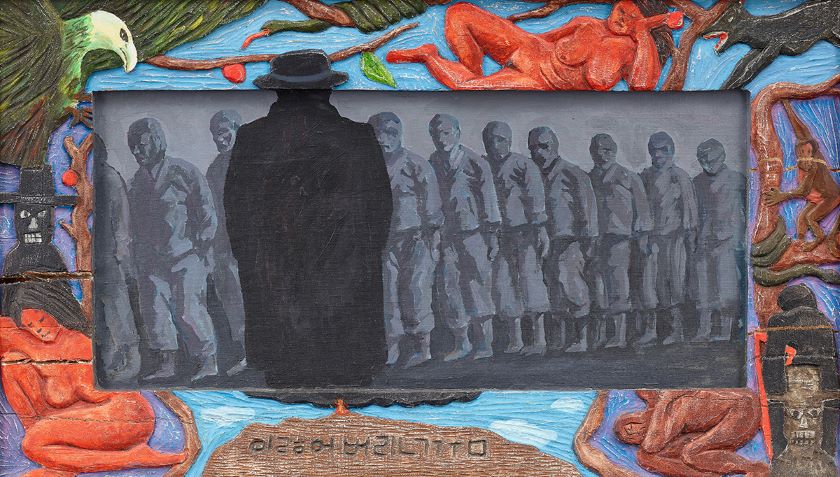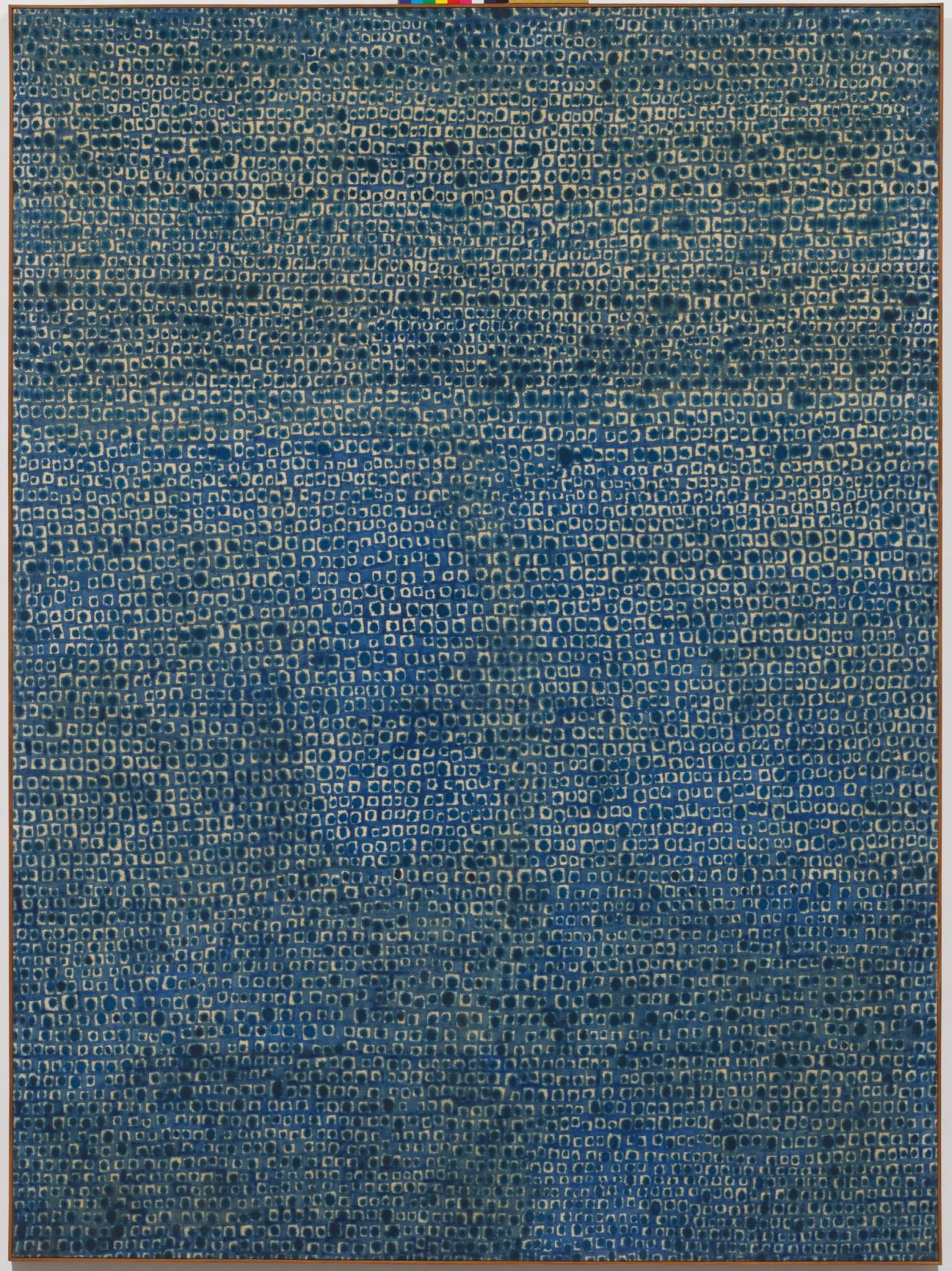
Cheong Jinyun, Lost Dream, 1989, Acrylic on panel, 58.5×101.7cm. MMCA
Figurative Art
* Source: Multilingual Glossary of Korean Art by Korea Arts Management Service
Related
-

Alternative space
A non-profit exhibition space, intended to be free from the elitist authoritarianism and rigid traditionalism of art museums, and the naked commercialism of sales galleries. Numerous alternative spaces emerged in Korea between the 1990s and the early 2000s and contributed to the development of a vibrant national contemporary scene that supported diverse experimental innovative approaches to art making. The number of spaces disappeared drastically around 2010 as many closed due to financial difficulties, or lost their initial focus on experimentation and became bureaucratically institutionalized. Spaces that have appeared since 2010 and the increased institutionalization of the original wave of alternative spaces are called “neo-spaces” for purposes of distinction.
-

Minjung Art
An artistic movement that came to prominence alongside Korea’s democratization movement in the 1980s. Minjung artists often sought to critically portray the violent repression and corruption of the military dictatorship, to represent the experiences of laborers and farmers, and to achieve social change through art. In contrast to abstraction, which constituted the mainstream of 1970s art in Korea, Minjung Art is notable for the use of representational and figurative forms. One possible point of origin for Minjung Art is Oh Yoon’s work in the Reality Group (Hyeonsil dongin). The group was formed in 1969 by Kim Ji-ha, Oh Yoon, and Lim Se-taek. A variety of Minjung art groups were established, including the Reality and Utterance (Hyunsilgwa bareon) in 1979 by Kim Jungheun, Oh Yoon, Joo Jae-hwan, art critic Sung Wan-kyung, and Choi Min, the Gwangju Freedom Artist Association (Gwangju jayu misulin hyeopuihoe) in 1979 by Hong Sungdam and Choi Youl, the Imsulnyeon (The Year Imsul) in 1982, and the Dureong in 1983. These groups all commonly critiqued Western capitalism. In terms of form, Minjung artists adopted traditional and ethnic folk modes of expression using diverse media such as collage, printmaking, oil painting, and photography. Following the 15 Years of Korean Minjoong Arts: 1980-1994 Exhibition at the National Museum of Modern and Contemporary Art, Minjung Art became an accepted part of Korean art history. Overseas, Minjung Art has also become a recognized term that describes this genre and its unique focus on the political and social history of Korea.
Find More
-

Abstract art
A term which can be used to describe any non-figurative painting or sculpture. Abstract art is also called non-representational art or non-objective art, and throughout the 20th century has constituted an important current in the development of Modernist art. In Korea, Abstract art was first introduced by Kim Whanki and Yoo Youngkuk, students in Japan who had participated in the Free Artists Association and the Avant-Garde Group Exhibition during the late 1930s. These artists, however, had little influence in Korea, and abstract art flourished only after the Korean War. In the 1950s so called “Cubist images,” which separated the object into numerous overlapping shapes, were often described as Abstractionist, but only with the emergence of Informel painting in the late 1950s could the term “abstract” be strictly used to describe the creation of works that did not reference any exterior subject matter. The abstract movements of geometric abstractionism and dansaekhwa dominated the art establishment in Korea in the late-1970s. By the 1980s, however, with the rising interest in the politically focused figurative art of Minjung, abstraction was often criticized as aestheticist, elitist, and Western-centric.
-

Conceptual Art
An artistic style and philosophical approach that originated in the United States and Europe in the 1960s. Conceptual artists valued the intangible ideas and processes of the art work as being at least of equal importance to the ultimate art product. In the West, this conceptual approach became critically prominent during the 1970s. In Korea, the term refers more broadly to the work of artists who have experimented with the subversion of sculptural and aesthetic norms. Such artists were active in the Korean Avant Garde Association (AG, established in 1969) and the Space and Time group (ST, established in 1971), creating a comprehensive movement of Korean conceptual artists whose work includes installations, performances, and outdoor work.






